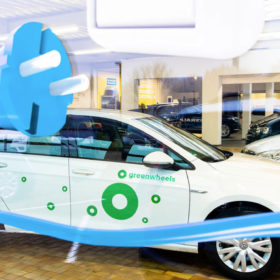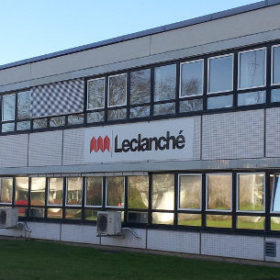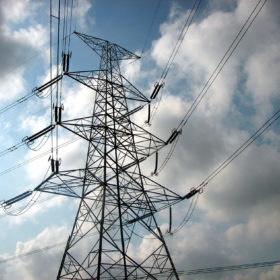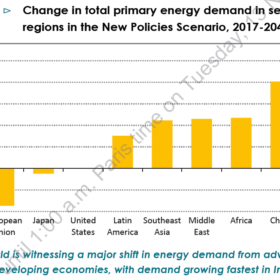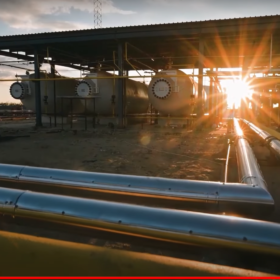Energy Storage: 2019 will be a year of opportunities
With the announcement of a National Energy Storage Mission expected this month, 2019 is set to be a year of manufacturing and research and development opportunities in India’s storage sector
Intersolar India: EV program must be accelerated, storage on everyone’s lips
For India to achieve its 2030 dreams of fully electrifying its passenger vehicle market, and growing a leading manufacturing industry, its electric vehicle program must be accelerated. Meanwhile, if Intersolar India 2018 had to nominate the most-repeated word at the event, “storage” would win hands down.
The long read: Refreshing blend or toxic technology cocktail?
Battery storage is racing even faster than the PV market did a few years ago. Costs are plummeting and new production lines are popping up all around the world. Smart people with smart ideas are leveraging venture capital and research funds. M&A activity is also accelerating with a new range of investors taking interest. But the technology battle is far from over, says Ragna Schmidt-Haupt, Partner at Energy Consultancy Everoze.
Auroville search engine will crowdfund solar power for 100 villages in Tamil Nadu
Sustainable development expert Auroville Consulting has launched the Solar Village Search Engine to help fund its Solar Village Initiative, which aims to power 100 villages in Tamil Nadu with solar by the year 2030.
Exide Industries JV partner gets debt restructuring lift
Swiss battery maker that intends to bring production lines to Gujarat has been helped along in a planned reduction of its debt pile by its domestic authorities. The way is now clear for a shareholder vote next Tuesday.
India could generate all of its power from renewables by 2050
A renewable energy system in 2050 is technically possible and economically viable for India, with the levelized cost of electricity falling from the current €58/MWh (Rs4,626) to €52 under one scenario in a recent report, and to €46 in another that included demand for power, water desalination and non-energy industrial gas sectors.
Exide Industries JV partner prepares for debt restructuring
Historic Swiss brand Leclanché is on an expansionist trail, notably in India and low-carbon shipping, but restructuring its debts will involve ceding even more control of the venerable company to institutional investors.
Enhancing energy trading in South Asia
The Indian Ministries of External Affairs and Power, in collaboration with the Confederation of Indian Industry (CII), organized the South Asia Power Summit 2018, held recently in New Delhi. The daylong conference highlighted that diversity of energy resources in South Asian countries brings the opportunity to provide affordable, low-carbon energy in the region. The business case for enhanced energy trading in the region, and challenges faced in inter-country electricity trading were important elements of this discussion.
India’s energy demand will more than double by 2040 – IEA
The world is witnessing a major shift in energy demand from advanced to developing economies, with demand growing fastest in India – according to the International Energy Agency’s (IEA’s) latest World Energy Overview.
Hitting 76% of its solar ambition would still be some achievement for India
Analysts are weighing into the debate over the MNRE’s big solar plans, but pointing out that even a partial victory would set the foundation for future solar triumphs.

